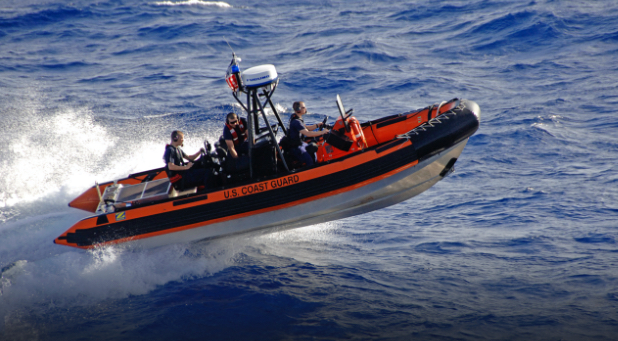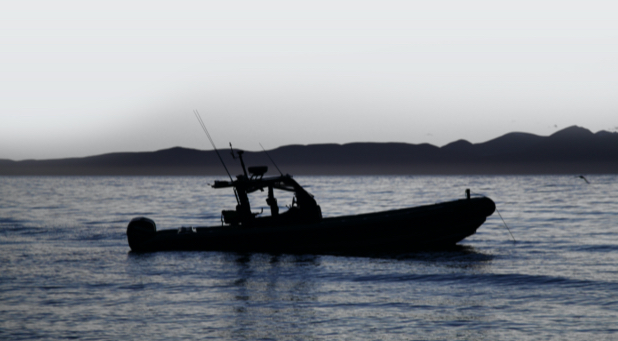from vancouver island to alaska
building the first
Shockwave prototype
Every adventure is a series of small victories
In 2001, David Smith wanted to do something he had never done before: travel from his home on Vancouver Island up to Alaska in a 24-foot aluminum boat he built himself. But there was a problem. David knew that the waters in the North Pacific would be rough – and his hard-bottom boat was likely to do a number on his back during the long passage. So, like every great entrepreneur, he worked to solve the problem.
racing the us coast guard
David’s solution was to apply his extensive experience building NASCAR chassis to building a prototype SHOCKWAVE seat for his own boat. With the shock mitigation technology installed, he set off for Alaska at a record pace. He was able to travel so fast, in fact, it raised the alarm bells of the US Coast Guard, who eventually caught up with him onshore in Alaska, following an unsuccessful attempt to catch up with him on the water.


Revolutionizing marine safety
After explaining he was not up to anything nefarious, the Coast Guard pressed David regarding their next issue: how was he able to outrun them with all the technology and resources they had at their disposal? It was clear from that moment that SHOCKWAVE seats could have a serious impact on marine safety and exploration.
Record setting performance
On his return trip from Alaska, David broke all previous speed records, travelling the entire length of West Coast Canada – 450 miles from Prince Rupert to Nootka Sound – in only ten hours.
He stepped off the boat at home feeling tired and a little squirrely, but knew he had something important on his hands.

